Elder-Friendly Solar Lights for Safe Yards
As we age, navigating outdoor spaces safely becomes a priority, especially for seniors and their caregivers. For older homeowners in the U.S., a well-lit yard can significantly reduce risks like trips, falls, and disorientation during nighttime activities. Small solar-powered lights, designed with elder-friendly features, offer an energy-efficient and low-maintenance solution to enhance safety and accessibility. This guide explores how to transform your yard into a senior-safe haven using compact solar lighting, focusing on the specific mobility and vision needs of older adults. From wall-mounted lights to garden and fence solutions, we’ll cover practical designs, installation tips, and an elder-friendly lighting checklist aligned with the American Association of Retired Persons (AARP) standards for age-friendly homes.
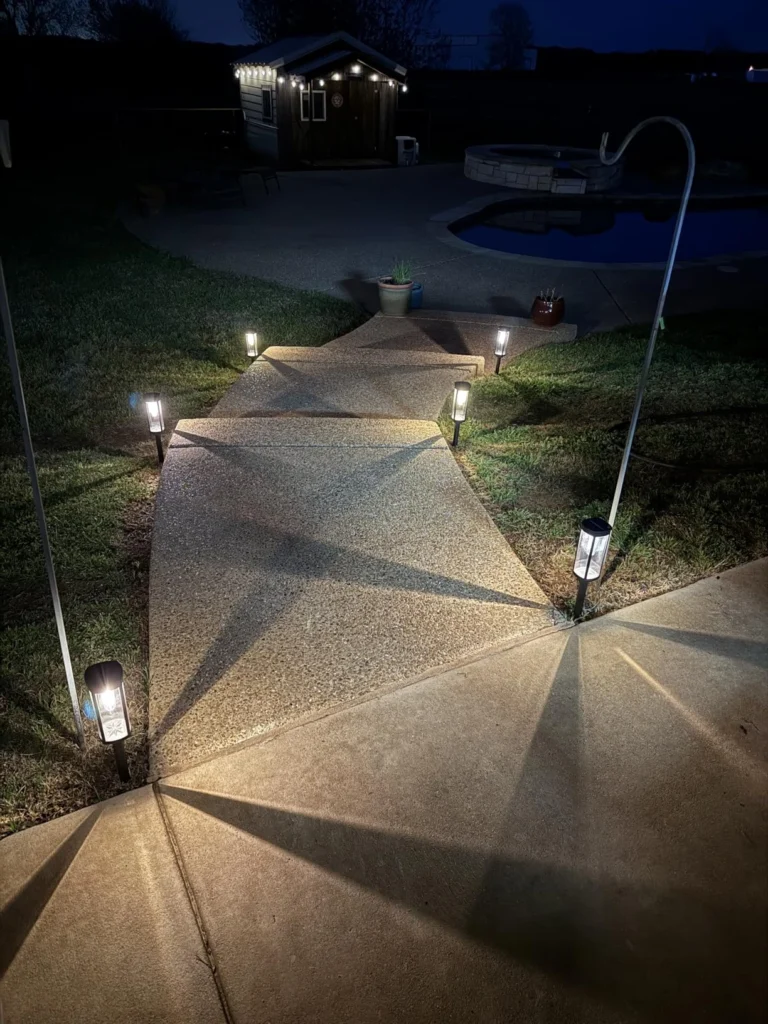
Why Choose Solar Lights for Senior-Friendly Yards?
Solar lights are an ideal choice for older adults due to their cost-effectiveness, eco-friendly operation, and minimal upkeep. Unlike traditional wired systems, solar-powered lights eliminate the need for complex electrical installations, reducing costs and potential hazards. For seniors with limited mobility or those caring for elderly loved ones, small solar lights provide bright, reliable illumination without the hassle of frequent bulb replacements or high energy bills. By harnessing sunlight, these lights charge during the day and automatically illuminate at dusk, ensuring consistent performance tailored to seniors’ needs.
Addressing Mobility and Vision Challenges
Aging often brings reduced vision and mobility, making outdoor navigation tricky. According to the AARP, over 30% of seniors experience vision impairments like reduced contrast sensitivity or glare intolerance, while mobility issues affect nearly 40% of those over 65. Poorly lit yards can exacerbate these challenges, increasing the risk of falls—a leading cause of injury among older adults. Small solar lights, strategically placed, can address these issues by providing gentle, consistent illumination that enhances visibility without overwhelming sensitive eyes.
Wall-Mounted Solar Lights: Accessible and Practical
Wall-mounted solar lights are a cornerstone of elder-friendly yard design, offering targeted illumination for entryways, porches, and patios. For seniors, accessibility is key, and these lights can be installed with specific features to cater to their needs.
Optimal Installation Height for Ease of Use
To accommodate seniors with limited reach or balance, wall-mounted solar lights should be installed at a height of 1.2 to 1.5 meters (approximately 4 to 5 feet). This range allows most older adults to access the light’s switch without bending, stretching, or tiptoeing—actions that could lead to falls. Models with large, easy-to-press buttons and night-glow indicators are ideal, as they simplify operation for those with reduced dexterity or low-light vision. For example, a solar wall light with a luminescent “on/off” button ensures seniors can locate and operate it even in dim conditions.
Choosing Senior-Friendly Features
When selecting wall-mounted solar lights, prioritize designs with adjustable brightness settings to prevent glare, which can disorient seniors with sensitive vision. A brightness range of 100-150 lumens is sufficient for illuminating doorways without causing discomfort. Additionally, opt for models with motion sensors that activate only when needed, conserving energy and reducing sudden light changes that might startle older users.
Garden Solar Lights: Safe Pathways for Nighttime Strolls
Garden solar lights play a critical role in illuminating walkways, steps, and uneven terrain, helping seniors avoid trips and falls. These compact lights are easy to install along garden paths or near flowerbeds, providing subtle yet effective lighting.
Brightness and Glare Control
For seniors, overly bright lights can cause discomfort or temporary blindness, particularly for those with cataracts or other vision impairments. Garden solar lights should deliver a soft glow, ideally between 150 and 200 lux, to clearly highlight cracks, uneven pavement, or obstacles without overwhelming the eyes. Look for lights with a “soft-start” or “ease-on” feature, which gradually increases brightness when activated. This prevents sudden bursts of light that could disorient seniors, ensuring a smooth transition from dark to lit environments.
Placement for Maximum Safety
Place garden solar lights at regular intervals—every 1 to 2 meters—along pathways to create a consistent, well-lit route. Stake-style lights are particularly effective, as they can be easily inserted into the ground and adjusted as needed. For seniors with mobility aids like canes or walkers, ensure lights are positioned to avoid casting shadows that could obscure obstacles. Opt for durable, weather-resistant models to withstand outdoor conditions, ensuring reliability for year-round use.
Fence Solar Lights: Emergency-Ready Illumination
Fence-mounted solar lights add an extra layer of safety by enhancing visibility around the yard’s perimeter. For seniors living independently or with caregivers, these lights can serve a dual purpose: general illumination and emergency support.
Linking with Emergency Call Systems
A standout feature for elder-friendly fence lights is their ability to integrate with emergency call devices. In the event a senior triggers an emergency alert—via a wearable pendant or wall-mounted button—compatible fence lights can flash in sync, creating a visual signal for caregivers or first responders. This feature is particularly valuable in large yards or rural areas, where pinpointing a senior’s location quickly is critical. Look for solar fence lights with smart connectivity, allowing seamless integration with popular emergency systems like Life Alert or Philips Lifeline.
Strategic Placement for Visibility
Install fence solar lights at a height of 0.8 to 1.2 meters to ensure visibility without requiring seniors to look up, which can affect balance. Space them evenly along the fence line, focusing on high-traffic areas like gates or backyard entrances. Choose models with a warm white light (around 3000K) to create a calming, non-clinical ambiance while maintaining clear visibility.
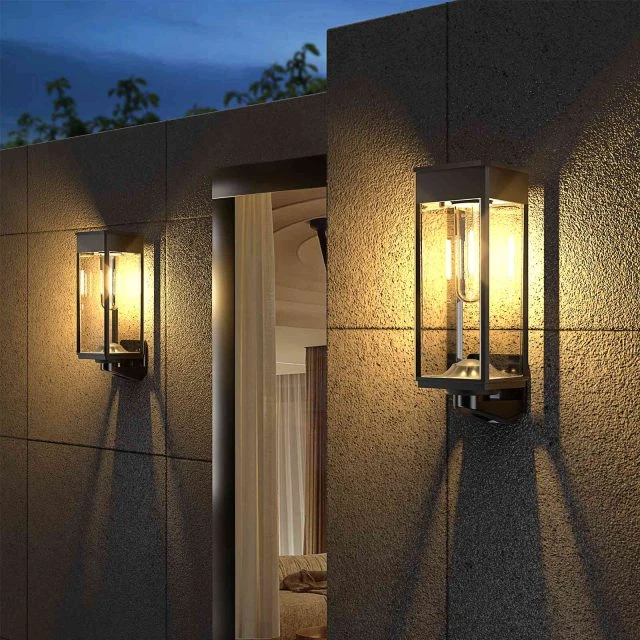
Additional Considerations for Elder-Friendly Lighting
Beyond specific light types, creating a truly senior-friendly yard involves thoughtful planning and attention to detail. Here are key factors to consider:
Durability and Weather Resistance
Solar lights must withstand diverse weather conditions, from rain to extreme heat, to ensure consistent performance. Opt for models with an IP65 or higher rating for water and dust resistance. For seniors, reliable lighting is non-negotiable, as unexpected failures could compromise safety.
Low-Maintenance Design
Seniors and caregivers benefit from lights that require minimal upkeep. Choose solar lights with long-lasting lithium-ion batteries (typically 3-5 years) and LED bulbs with lifespans of 20,000 hours or more. Automatic dusk-to-dawn sensors further reduce maintenance by eliminating the need for manual operation.
Aesthetic Appeal
While functionality is paramount, aesthetics matter too. Solar lights with sleek, modern designs or classic finishes can enhance the yard’s appearance, making it inviting for seniors to enjoy outdoor spaces. Neutral tones like black, bronze, or white blend seamlessly with most home exteriors.
Elder-Friendly Lighting Checklist (AARP Standards)
To ensure your solar lighting setup meets the needs of older adults, use this checklist, inspired by AARP’s age-friendly home guidelines:
- Accessibility: Wall lights are installed at 1.2-1.5 meters with large, night-glow buttons for easy operation.
- Brightness Control: Garden lights emit 150-200 lux with soft-start features to prevent glare.
- Emergency Integration: Fence lights sync with emergency call systems for rapid response.
- Pathway Coverage: Lights are spaced 1-2 meters apart to illuminate walkways without gaps.
- Durability: All lights have an IP65 rating or higher for weather resistance.
- Maintenance: Lights feature long-life batteries and LEDs, with automatic sensors for ease of use.
- Visibility: Warm white light (3000K) ensures clear, non-disruptive illumination.
- Safety: Lights highlight uneven surfaces, steps, or obstacles to prevent falls.
Conclusion: A Brighter, Safer Yard for Seniors
Small solar lights offer a practical, sustainable way to transform yards into safe, accessible spaces for older adults. By addressing mobility and vision challenges with thoughtful design—such as accessible wall lights, glare-free garden lights, and emergency-linked fence lights—seniors can enjoy their outdoor spaces with confidence. Caregivers also benefit from the peace of mind that comes with a well-lit, hazard-free yard. By following the AARP-inspired checklist and choosing high-quality solar lights, you can create an elder-friendly outdoor environment that promotes independence and safety for years to come.

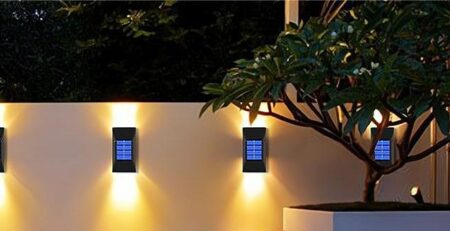
-1-450x231.webp)
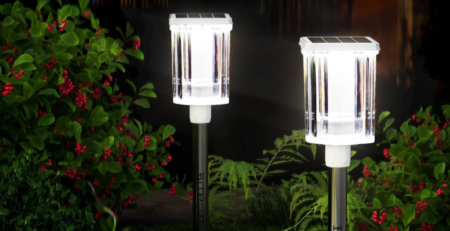
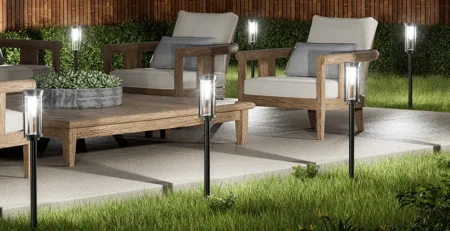

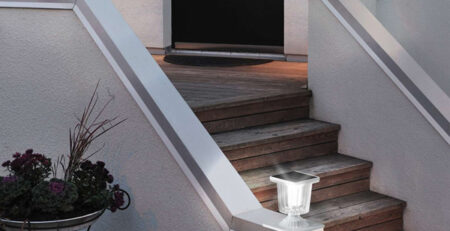
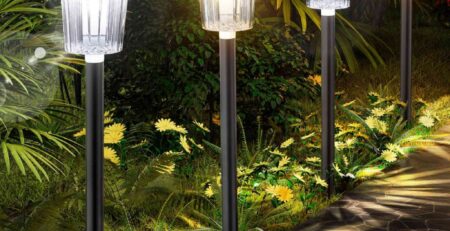
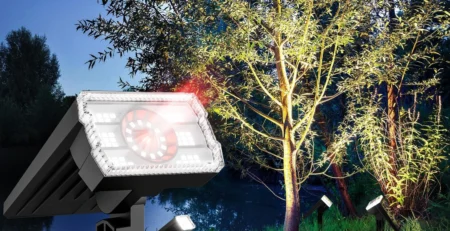
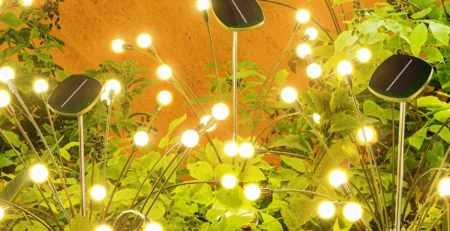
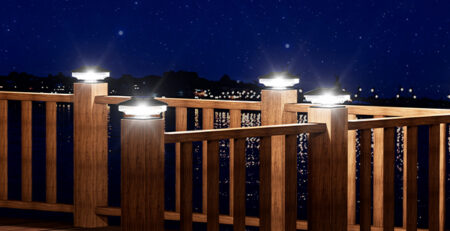
Leave a Reply